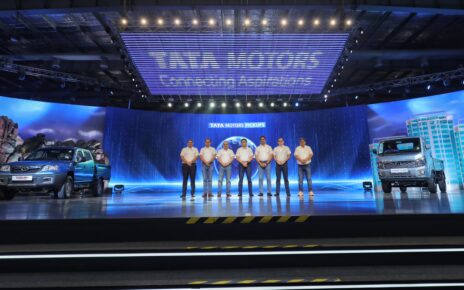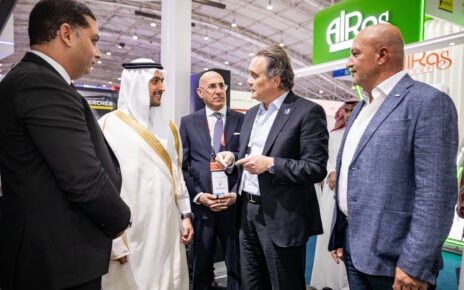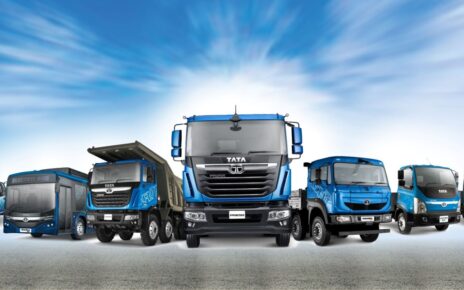
As Daimler India Commercial Vehicles (DICV) takes shape as a strategic growth and cost hub for Mercedes-Benz Trucks, ensuring flawless global supplies is even more crucial. The task is daunting: parts must reach plants worldwide on time, in the right quantity, and with consistent quality – even after long sea journeys.
Managing this starts with DICV’s Q Prime programme, which aligns Indian suppliers with global standards. Q Prime has three levels; ‘Q Prime Essentials’ focuses on performance at DICV end, while ‘Q Prime BharatBenz Way’ focuses on overall supplier transformation and ‘Q Prime Plus’ would be a future ready programme.
Speaking to this correspondent, Mr. Michael Moebius, President and Chief Procurement & Supply Chain Officer, DICV, says, “We bring customer expectations from around the world to our suppliers and groom them to perform globally. Several suppliers already deliver worldwide, and their success drives India’s “Make in India” vision forward.”
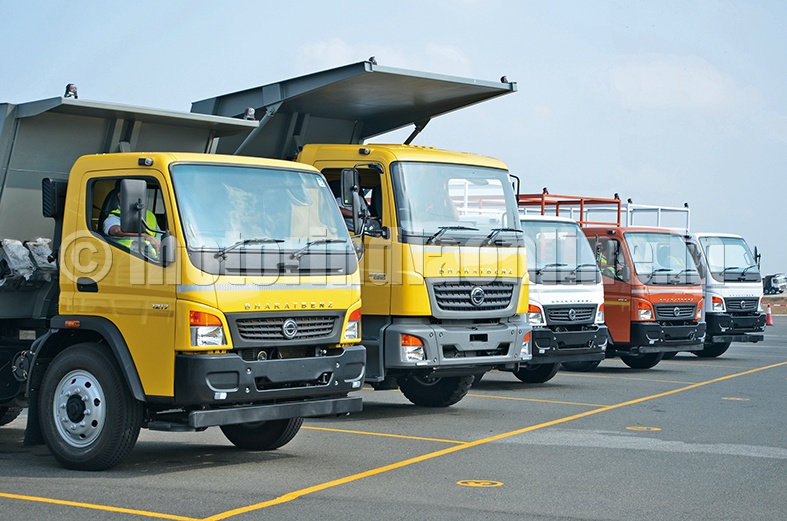
To strengthen reliability, the company has built rigorous process controls. Each part carries a data matrix code linked to supplier quality data, allowing early detection of quality trends through analytics. Spot checks at consolidation centres, followed by inspections at receiving plants, help catch issues like corrosion that can arise during weeks at sea.
This system has already proven itself – DICV’s BharatBenz plant exports medium-duty transmissions globally with precision that has impressed Mercedes-Benz plants. That trust now enables DICV to scale up as a global sourcing hub, helping reduce costs while delivering world-class quality every day.
Lessons from Japan
Before joining DICV in 2009, Mr. Moebius worked at Mercedes-Benz passenger cars, where quality standards are extremely high. Moving from cars to trucks meant adapting to a very different world – one where reliability directly affects a customer’s earnings. “If a car breaks down, you can rent another. If a truck stops, the customer loses money,” he recalls.

While coming from passenger car segment, he came in with a clear mission – to build a full-fledged, end-to-end quality system. For the first time at Daimler Truck, quality elements covered everything from R&D and suppliers to production and customer feedback. Crucially, the quality function reported directly to the CEO, ensuring independence and accountability.
When he moved to Japan in 2016 to head quality for Daimler Trucks Asia, this India-built system became the blueprint across 170 markets. The shared learning loop between Japan and India helped both sides grow, driving quality, innovation, and cost reduction at DICV.
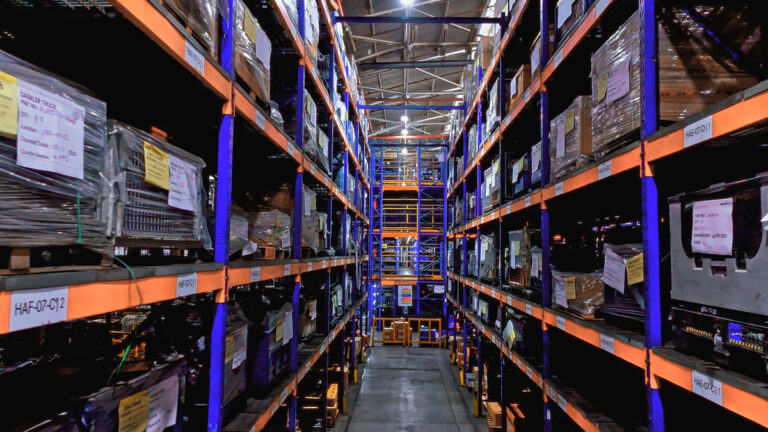
He recalls Ratan Tata’s visit to DICV: “He said quality should be a company’s secret. I told him it’s not about machines – anyone can buy them. Real quality lies in our processes and people.” This belief, he says, has shaped DICV’s young, agile workforce into one that plans, executes, and delivers reliability – not quick fixes.
From Ground Up to Global
When Daimler decided to localise engine production in India including 5Cs, for the first time in its history, the pressure was immense. Launching BharatBenz meant introducing a completely new brand, and as a foreign OEM, they knew success hinged on flawless quality from day one – especially for the engine, the heart of a truck. “Even if one critical part failed, the first impression would be that a BharatBenz truck broke down,” he recalls.
Carrying the legacy of the Benz name meant meeting global benchmarks for reliability, quality, and safety from the start. A brand-new factory was built, staffed almost entirely with local talent from different industries. The challenge was not just setting up the plant, but uniting this diverse workforce, shaping a shared culture, and embedding an uncompromising mindset for quality and reliability. Achieving this laid the foundation for BharatBenz’s start of production in 2012 – a milestone that proved India could deliver world-class engines.
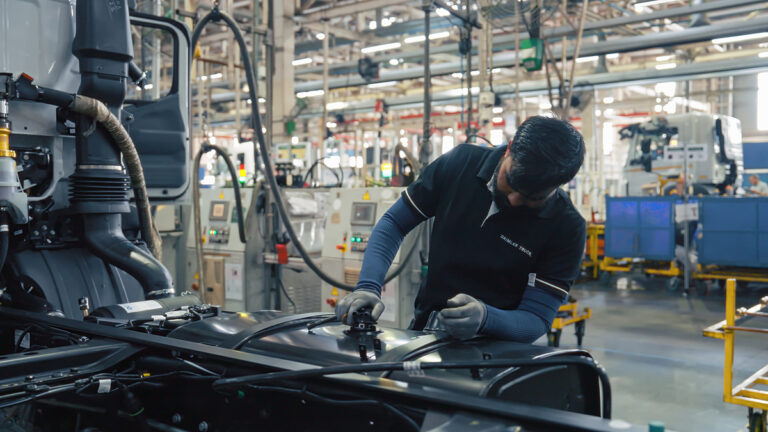
Building a Strong, Future-Ready Supply Network
From the start, Daimler made it clear that BharatBenz was a long-term commitment – not a short-term project. This helped win the trust of established suppliers during the brand’s early low-volume phase. Over time, as the brand gained popularity, that trust deepened. Know-how, vision, and strategy were shared openly, creating a sense of partnership rather than transaction.
Today, over 400 suppliers work with DICV, most of whom have been on board since day one. The relationships are rooted in trust and constant communication, strengthened further through regular supplier-focused events.
Yet challenges remain – especially volatile raw material prices. Sudden policy changes, safeguard duties on steel and aluminium, and global market swings make costs unpredictable. DICV closely tracks prices using analytics and external experts to forecast trends and mitigate risks, though he admits no model can be foolproof. “These headwinds affect every OEM,” he says, “and we all must navigate them together.”
Building Resilience Against Geopolitical Shocks
Global logistics bring constant risks, and DICV tackles them with what it calls “supplier resilience.” Earlier, the focus was on BCC – best cost country sourcing – choosing parts based on cost and quality. Now it follows BSC – best sourcing country – which also considers geopolitical stability, trade ties, and future free trade agreements.
Events like the Red Sea conflict showed this approach in action. As tensions rose, DICV predicted delays, ordered early, and built buffer stocks to avoid disruptions. “The priority is that no plant, anywhere in the world, stops – even one halt can affect 20,000–30,000 workers,” Moebius mentions.
While this adds cost, airfreight can bridge gaps when needed. The strategy blends political and economic analysis, flexible scheduling, and constant communication with suppliers, ensuring agility even in unpredictable times, he adds.
Balancing Local Strength and Global Scale
DICV has achieved over 90% localisation in its trucks while steadily expanding capacity to meet global sourcing needs. With deep knowledge of the local market, suppliers, and parts, the company carefully plans capacity whenever its global parent plants send requests, ensuring there are no supply shortfalls.
To raise suppliers to global standards, DICV runs the structured Q Prime programme. Q Prime essentially builds basic supply chain capabilities, and by next year will cover over half of its suppliers. The next tier, Q Prime BharatBenz Way, is more demanding – of 26 suppliers trained, 20 have been certified. At the top is Q Prime Plus, a select group of strategic partners who collaborate on future products and share innovations.
DICV also helps long-time partners climb this pyramid instead of replacing them, aiming to “grow and progress together.” The push includes digitisation and IoT-driven process controls that capture real-time data, replacing manual checks. This data feeds AI and Machine Learning systems for predictive insights, improving transparency, reliability, and competitiveness across the supply chain, he explains.
Leading by Example on Sustainability
For DICV, meeting Daimler Truck Group’s sustainability goals is not just about enforcing rules – it’s about leading by example. “We can’t simply tell suppliers to go green. We must walk the path first,” Moebius explains. The company has already achieved carbon neutrality in Scope 2 emissions since April last year, installed extensive solar panels, and built a fully self-sustained water treatment system.
He admits going green has upfront costs, just like e-mobility, but insists the investments pay off. “Solar panels need Capex, but once you hit break-even, they start saving money,” he says. DICV also showcases frontrunner suppliers as role models to inspire others, creating a ripple effect across its ecosystem.
Small changes are adding up – like switching from one-way to returnable packaging, cutting waste while reducing costs. The shift relies on open communication and shared problem-solving. “Old-style buyer-supplier dynamics don’t work anymore,” he says. “Sustainability is about partnership – learning from each other, setting trends, and moving forward together,” Moebius signs off.


